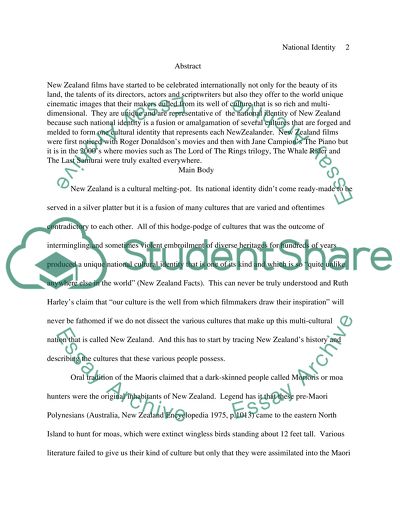Cite this document
(“New Zealand Film History Essay Example | Topics and Well Written Essays - 2000 words”, n.d.)
Retrieved from https://studentshare.org/miscellaneous/1516604-new-zealand-film-history
Retrieved from https://studentshare.org/miscellaneous/1516604-new-zealand-film-history
(New Zealand Film History Essay Example | Topics and Well Written Essays - 2000 Words)
https://studentshare.org/miscellaneous/1516604-new-zealand-film-history.
https://studentshare.org/miscellaneous/1516604-new-zealand-film-history.
“New Zealand Film History Essay Example | Topics and Well Written Essays - 2000 Words”, n.d. https://studentshare.org/miscellaneous/1516604-new-zealand-film-history.


